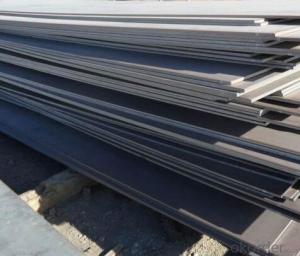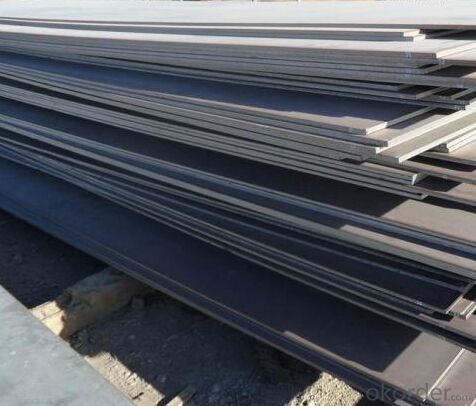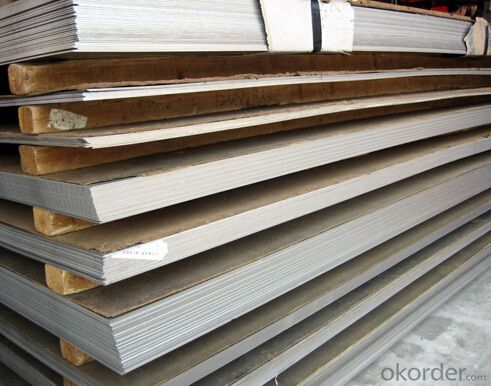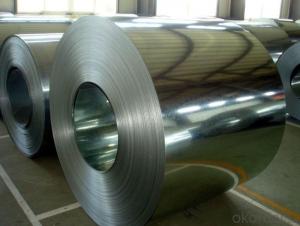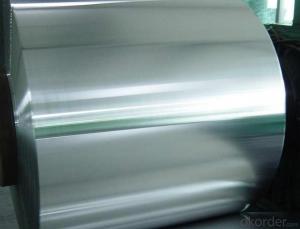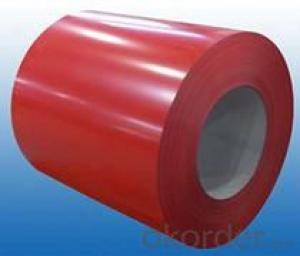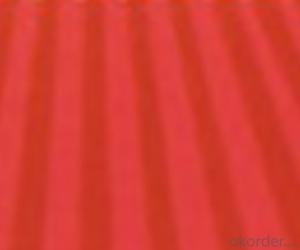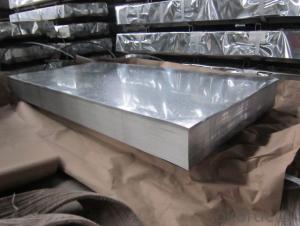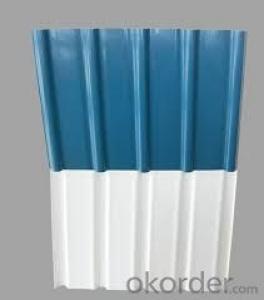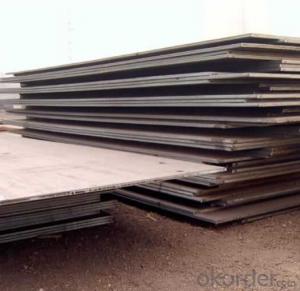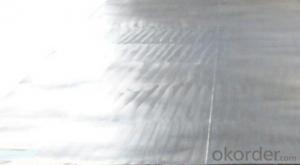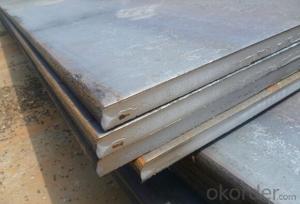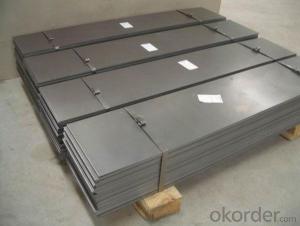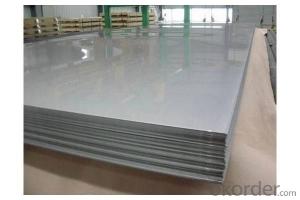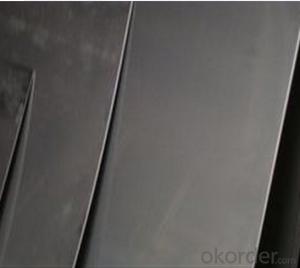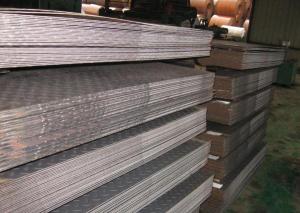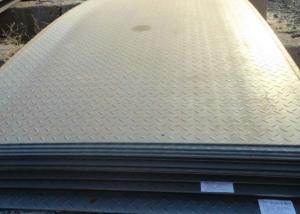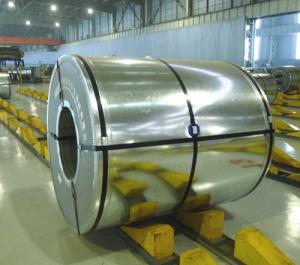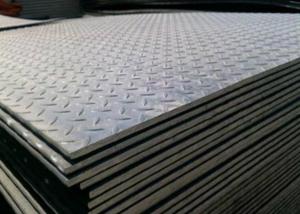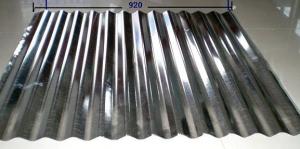Steel Plate/Sheet AISI/ASTM A36 Hot Rolled/Cold Rolled
- Loading Port:
- Tianjin
- Payment Terms:
- TT OR LC
- Min Order Qty:
- 50 m.t.
- Supply Capability:
- 50000 m.t./month
OKorder Service Pledge
OKorder Financial Service
You Might Also Like
Specification
1.Description of steel plate:
Our products into high-strength low-alloy steel plate, carbon structural steel plate, alloy structural steel plate, boiler and pressure vessel steel plate, bridge steel plate, structural steel plate, shipbuilding steel plate and marine oil platform steel plate, pipe steel plate, high strength and high toughness steel plate, mold plate, corrosion-resistant plate, Wear-resistand steel plate, composite plate with 12 major series.
2.Size range: Steel Plate width 300-5000mm, thickness 5-600mm, length 1000-18000mm.
Usage: (1).used for metallurgical, mechanical, electrical construction field
(2).used for ships, military (armored) Construction
(3).used for outside engineering, machine tool base, automobile rear of products
3.Standard: According to user requirements, can be delivered the following criteria: National standards, the metallurgical industry, the American ASTM, ASME standards, Japanese JIS, German DIN, British BS, European EN, the international ISO standards and the standards specific board.
4.Inspection Standard: In accordance with China (JB4730, GB/T2970), United States (A435, A577, A588), Japan (JISG0801, JISG0901), Germany (SEL072), British (BS5996), France (NFS04-305) and other domestic and international testing standard production test.
5.Data of steel sheet:
Name | Hot rolled Carbon steel plate sheet (Q235, Q345, SS400, A36, S235JR, S355JR, S45C, S50C, A572, ST37, ST37-2,ST52) |
Specification | Width: 900-2500mm or 1000,1050,1250,1500,1800,2000mm |
Thickness:1.5mm-200mm | |
or as customers’ special requirements; | |
Length | Length 2-12m or as customers’ special requirements; |
Grade of hot rolled steel plate sheet | SS400, ASTM A36, A572, ST37,ST52, Q195, Q215, Q235,Q345, S235JR, S355JR, S45C, S50C |
Standards | GB/T709-2006, ASTM A36, JIS G3101, DIN EN 10025, SAE 1045, ASTM A570 |
Surface | Smooth, straight, bright, no blur on both ends |
Packaging | Standard exporting packing or as client's requirement |
Certificate | ISO9001:2008 |
Processing technique |
|
Feature of hot rolled steel plate sheet |
|
Excellent performances hot-rolled steel products |
|
6.Image of steel sheet:
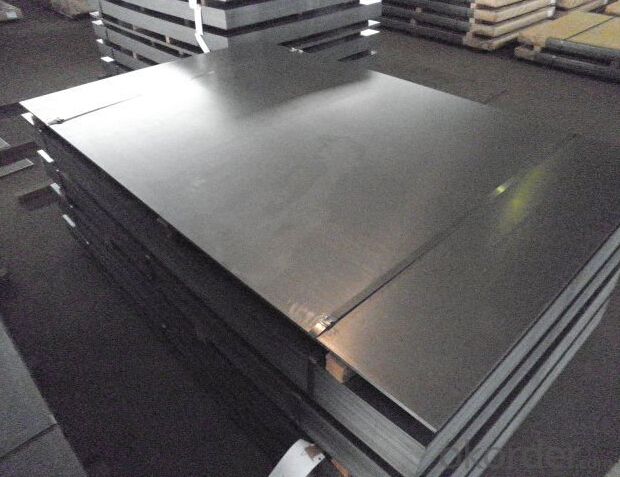
7.FAQ
We have organized several common questions for our clients,may help you sincerely:
①How about your Warranty?
Warranty: 1-Year for the whole light. Warranty is based on correct storage, installation, using and maintenanc
②How to guarantee the quality of the products?
We have established the international advanced quality management system,every link from raw material to final product we have strict quality test;We resolutely put an end to unqualified products flowing into the market. At the same time, we will provide necessary follow-up service assurance.
③How long can we receive the product after purchase?
In the purchase of product within three working days, We will arrange the factory delivery as soon as possible. The pecific time of receiving is related to the state and position of customers.Commonly 7 to 10 working days can be served.
- Q: What is the difference between a hot rolled and pickled steel sheet?
- A hot rolled steel sheet is produced by heating the steel above its recrystallization temperature, typically around 1700°F (926°C), and then rolling the heated material into a desired shape or thickness. This process gives the steel a characteristic scale or oxide layer on its surface. On the other hand, a pickled steel sheet undergoes an additional step called pickling, which involves removing the scale or oxide layer that forms during the hot rolling process. Pickling is typically done by immersing the steel sheet in an acid bath, such as hydrochloric acid, to dissolve the scale. The main difference between a hot rolled and pickled steel sheet lies in the surface finish and cleanliness. A hot rolled steel sheet will have a rougher surface due to the presence of the scale, which can be visually unappealing and may require additional processing or finishing. In contrast, a pickled steel sheet will have a smoother and cleaner surface since the scale has been removed. Another difference is the corrosion resistance of the two types of steel sheets. The presence of the scale on hot rolled steel can make it more susceptible to corrosion, especially in humid or corrosive environments. Meanwhile, pickled steel has a better resistance to corrosion due to the removal of the scale and the subsequent application of a protective coating or treatment. In terms of applications, hot rolled steel sheets are commonly used in structural components, construction materials, and general fabrication where surface finish is not critical. Pickled steel sheets, on the other hand, are often preferred in industries such as automotive, appliances, and manufacturing, where a smooth and clean surface is desired for further processing or finishing. In summary, the difference between a hot rolled and pickled steel sheet lies in the surface finish, cleanliness, and corrosion resistance. While hot rolled steel has a rougher surface due to the presence of scale, pickled steel undergoes an acid bath to remove the scale, resulting in a smoother and cleaner surface. Pickled steel also offers better resistance to corrosion and is preferred in applications where a high-quality surface finish is required.
- Q: Are steel sheets resistant to chemical spills?
- Yes, steel sheets are generally resistant to chemical spills. Steel is known for its durability and ability to withstand various chemical substances without corroding or reacting. However, the resistance may vary depending on the specific type of steel and the type and concentration of the chemical involved. It is always recommended to assess the compatibility of the steel with the specific chemical before making any conclusions about its resistance.
- Q: How are steel sheets packaged for shipping?
- Steel sheets are typically packaged for shipping by being stacked on wooden pallets and secured with steel or plastic strapping. Additionally, they may be further protected by being wrapped in plastic or covered with a cardboard or wooden crate for added stability and protection during transportation.
- Q: Are steel sheets resistant to seismic activities?
- Steel sheets can provide some level of resistance to seismic activities due to their strength and flexibility. However, their seismic resistance depends on various factors such as the thickness and quality of the sheets, the building design, and the overall structural system. Proper engineering and construction techniques, including the use of appropriate reinforcement and connections, are crucial to ensure the steel sheets effectively withstand seismic forces.
- Q: Can steel sheets be used for automotive applications?
- Yes, steel sheets can be used for automotive applications. Steel is a commonly used material in the automotive industry due to its high strength, durability, and cost-effectiveness. It is used for various components such as body panels, chassis, and structural parts in automobiles.
- Q: Can steel sheets be used for agricultural fencing or enclosures?
- Yes, steel sheets can be used for agricultural fencing or enclosures. Steel sheets are highly durable and provide excellent strength, making them suitable for securing livestock and protecting crops. They can be formed into panels or rolls, allowing for easy installation and customization to fit different fencing or enclosure needs. Additionally, steel sheets are resistant to weathering, corrosion, and pests, ensuring long-lasting performance in agricultural environments. Overall, steel sheets are a reliable and effective choice for agricultural fencing or enclosures.
- Q: Are the steel sheets suitable for shipbuilding?
- Steel sheets are an excellent choice for shipbuilding due to their suitability and versatility. This durable material possesses exceptional properties for marine applications. Its high strength-to-weight ratio allows for the construction of sturdy vessels while maintaining a low overall weight. Furthermore, steel sheets have impressive tensile strength, ensuring the ship's structural integrity and resistance against external forces like waves, wind, and other factors. The corrosion-resistant nature of steel makes it particularly ideal for enduring the harsh saltwater environment. Additionally, its fire-resistant properties further enhance the safety of ships. Consequently, steel sheets are extensively utilized in shipbuilding and have demonstrated reliability and efficiency in constructing various types of vessels, including cargo ships, cruise liners, and naval warships.
- Q: What are the different embossing options available for steel sheets?
- There are several embossing options available for steel sheets, including blind embossing, deep embossing, pattern embossing, and textured embossing.
- Q: Can steel sheets be used for electrical conductivity applications?
- Typically, steel sheets are not employed in electrical conductivity applications. Although steel exhibits decent heat conductivity and some electrical conductivity, it is not as efficient as specialized materials like copper or aluminum, which are specifically designed for electrical conductivity. Steel sheets find common use in domains that prioritize strength, durability, and corrosion resistance, such as construction, automotive manufacturing, and industrial equipment. In electrical conductivity applications, it is more prevalent to utilize materials with heightened conductivity, such as copper or aluminum, as they possess lower resistance and are better equipped to efficiently conduct electricity.
- Q: What's the difference between steel plate 20 and Q235 steel plate?
- Q235 steel yield point is 235MPa, the elongation is 21-26%; widely used in the production of general machinery parts have certain strength and elongation, such as pin, shaft, rod, connecting rod, ring, bolt, nut, cylinder, gear, rack, rack and welding parts.
Send your message to us
Steel Plate/Sheet AISI/ASTM A36 Hot Rolled/Cold Rolled
- Loading Port:
- Tianjin
- Payment Terms:
- TT OR LC
- Min Order Qty:
- 50 m.t.
- Supply Capability:
- 50000 m.t./month
OKorder Service Pledge
OKorder Financial Service
Similar products
Hot products
Hot Searches
Related keywords
